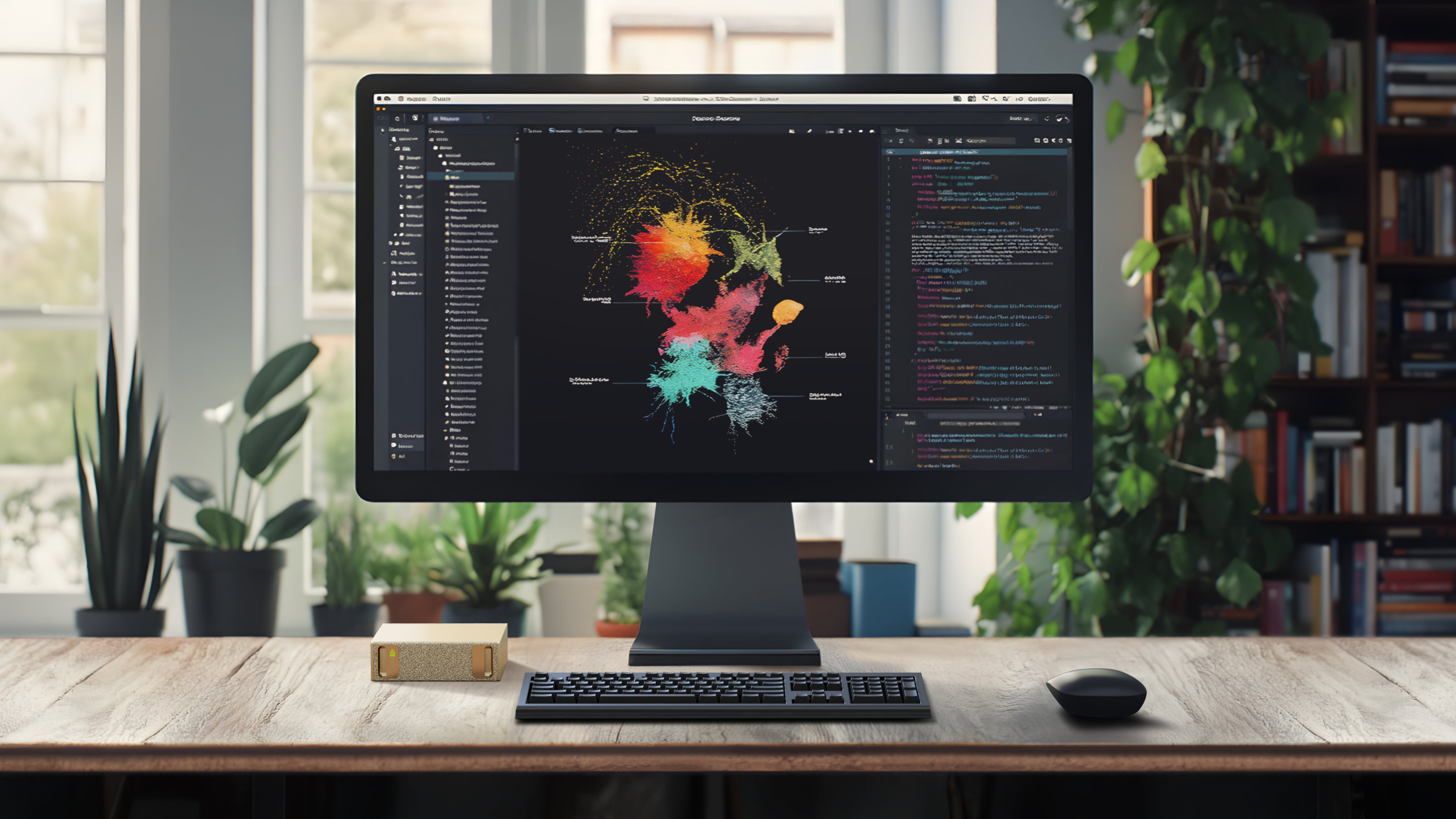
What does Nvidia have planned for 2025? Last year saw the American chip manufacturer become the world’s most valuable company, a position it vies for with Apple and (in third place) Microsoft. Its $3.5 trillion value has arisen out of its perfect placement as the key supplier for GPUs (graphics processing units), and their ever-increasing importance in AI, autonomous driving, robotics, gaming and mobile applications.

As a result, when Nvidia makes announcements, the business world tends to sit up and listen. CES 2025 was no different, and the champion chip maker’s keynote presentation, courtesy of CEO (and founder of the company, back in 1993) Jensen Huang was eagerly received.
Dressed in a black crocodile-pattern leather jacket, Huang is every inch the modern day tech CEO. Speaking at the Michelob Ultra Arena in Las Vegas’ Mandalay Bay Resort and Casino before a crowd of over 12,000 people, Huang is well aware that his company is intimately involved in reshaping the world.
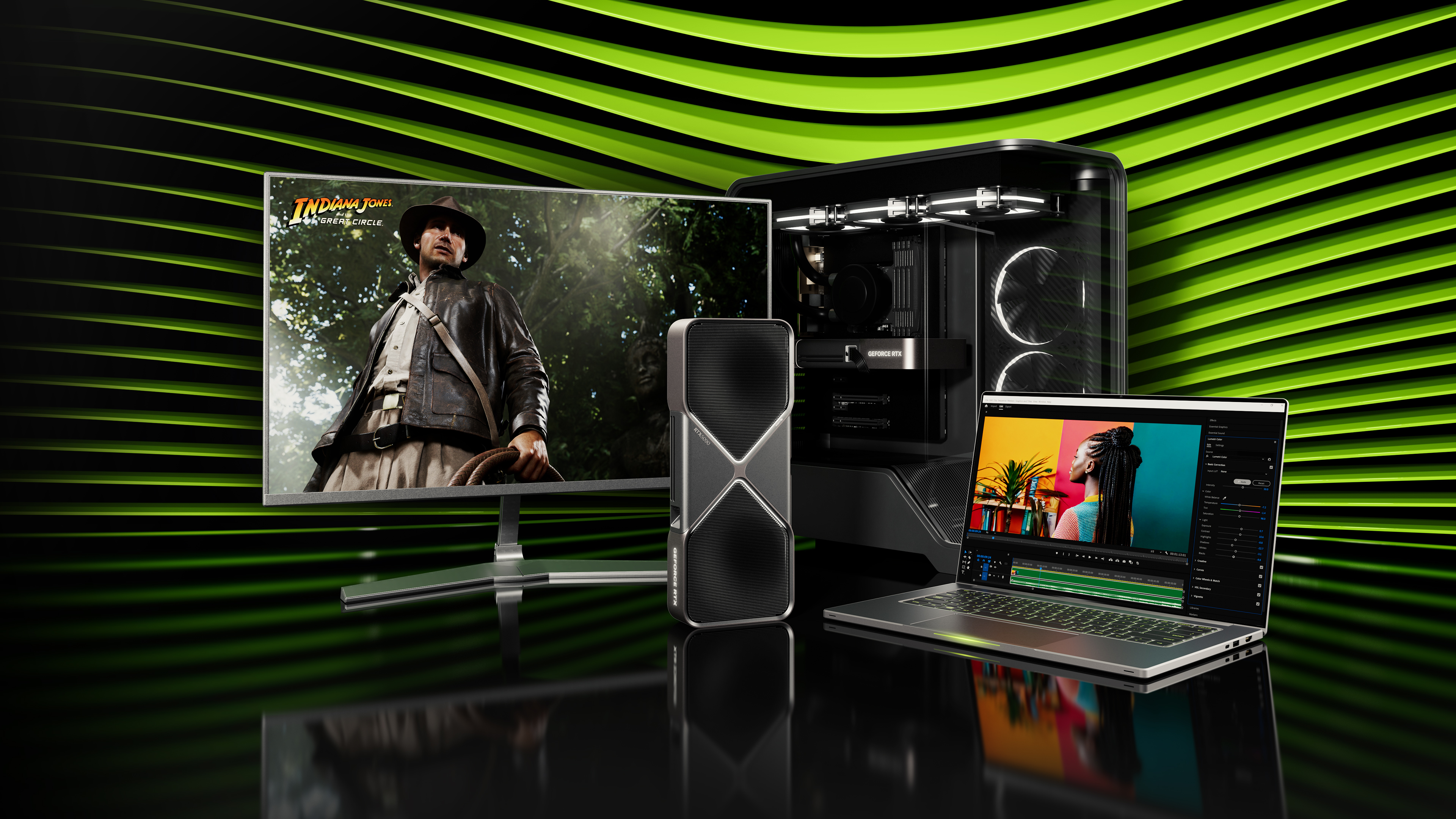
Whether that reshaping is for good or ill still seems to be up for debate. Unsurprisingly, the keynote was heavy on the applications of AI, with new-generation silicon designed to handle the mighty processing load the technology requires.
This included the GeForce RTX 5000 Graphic cards series, crowned by the two thousand dollar RTX 5090, and the RTX 50-series of laptop GPUs. The flagship model here is nearly three thousand dollars, and comes with 24GB of graphics memory.

Computing power is on the up, with AI providing the impetus for manufacturers like Nvidia to ramp up the power – and price – of CPUs and GPUs to keep pace with the rapacious demands of the tech.
Of even more interest to the AI faithful was the announcement of GB10, a new AI-focused chip that blended Nvidia’s Blackwell GPU with the Grace CPU. The end result will be a new desktop computer, currently dubbed Project Digits, a monstrous machine that’ll start at $3,000 and be expandable all the way up to 128GB of memory.
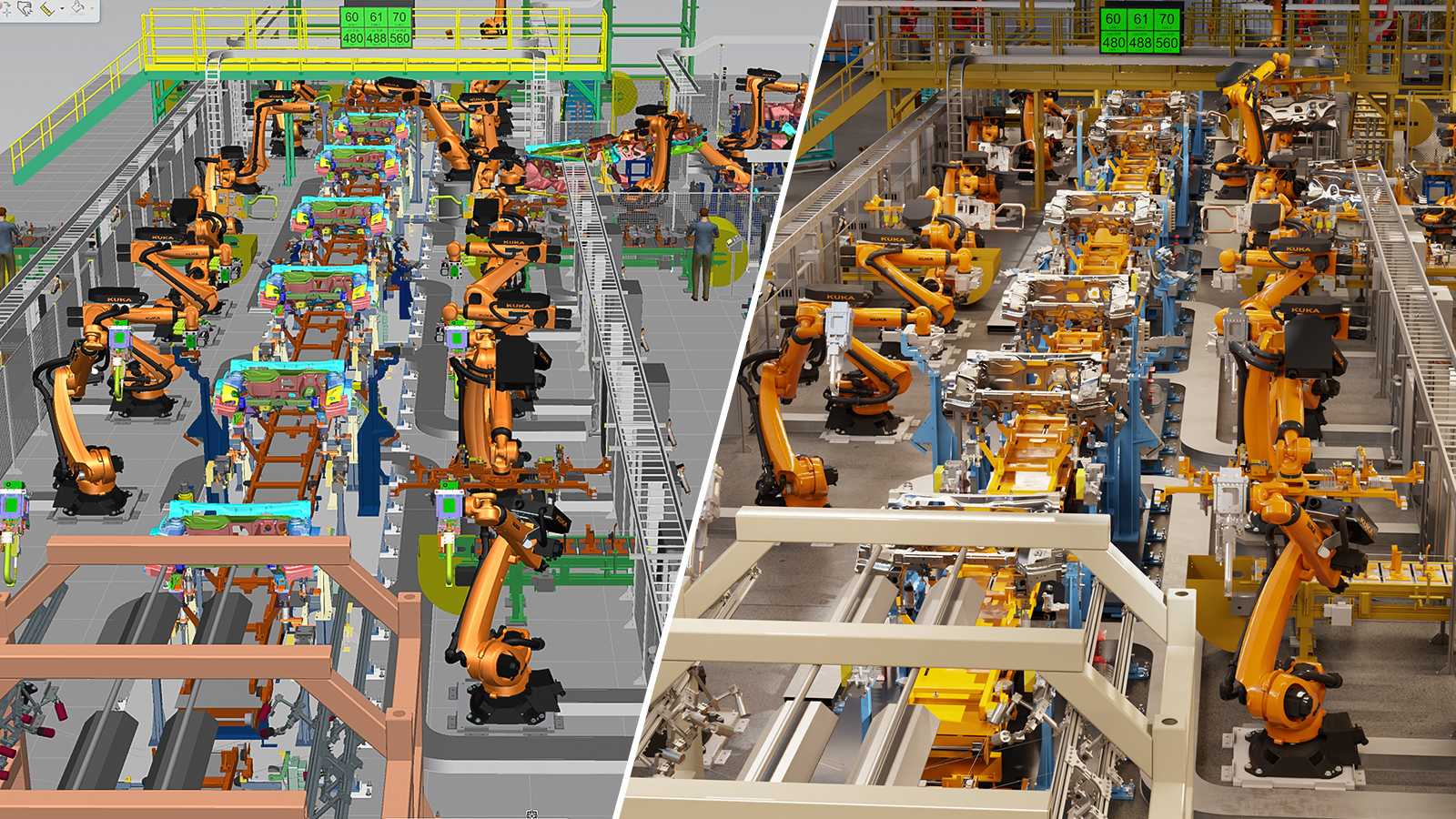
Digits is designed for homebrew AI applications, ‘a personal AI supercomputer that provides AI researchers, data scientists and students worldwide with access to the power of the Nvidia Grace Blackwell platform’.
Of course, Nvidia is one of the leading providers of AI applications, be it data libraries or multiverses, and the ability to call upon a petaflop of AI computing performance – one thousand trillion operations per second – in a desktop device is a gateway to its systems (as an aside, the first machine to reach a petaflop was IBM’s 2008 Roadrunner supercomputer. That cost $100m).
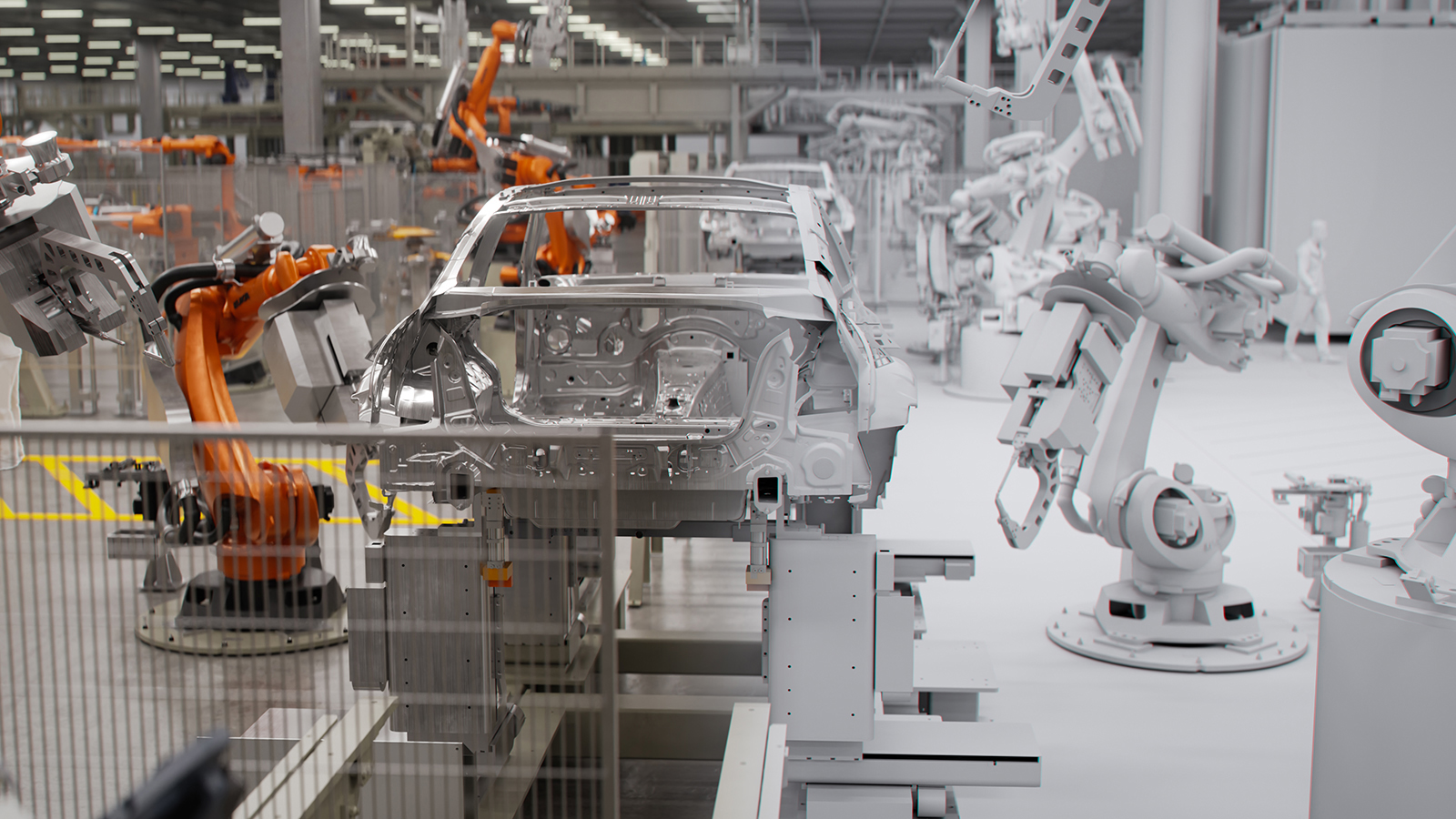
All this power isn’t just about deploying AI learning to large datasets. There’s also ultra-sophisticated graphic modelling. The RTX series can achieve remarkable visual fidelity, with a bespoke kit of rendering technologies unveiled at CES 2025. There’s also Nvidia’s much-vaunted Omniverse, a way of bridging the $5 trillion global market for IT and the even more substantial physical industrial market, the one that ‘relies on the movement of atoms’ (as if such a thing was outdated).
As the company notes, the world contains about ‘10 million factories, nearly 200,000 warehouses and 40 million miles of highways, … [a] vast network of production facilities and distribution centres [that] is still laboriously and manually designed, operated and optimised’.
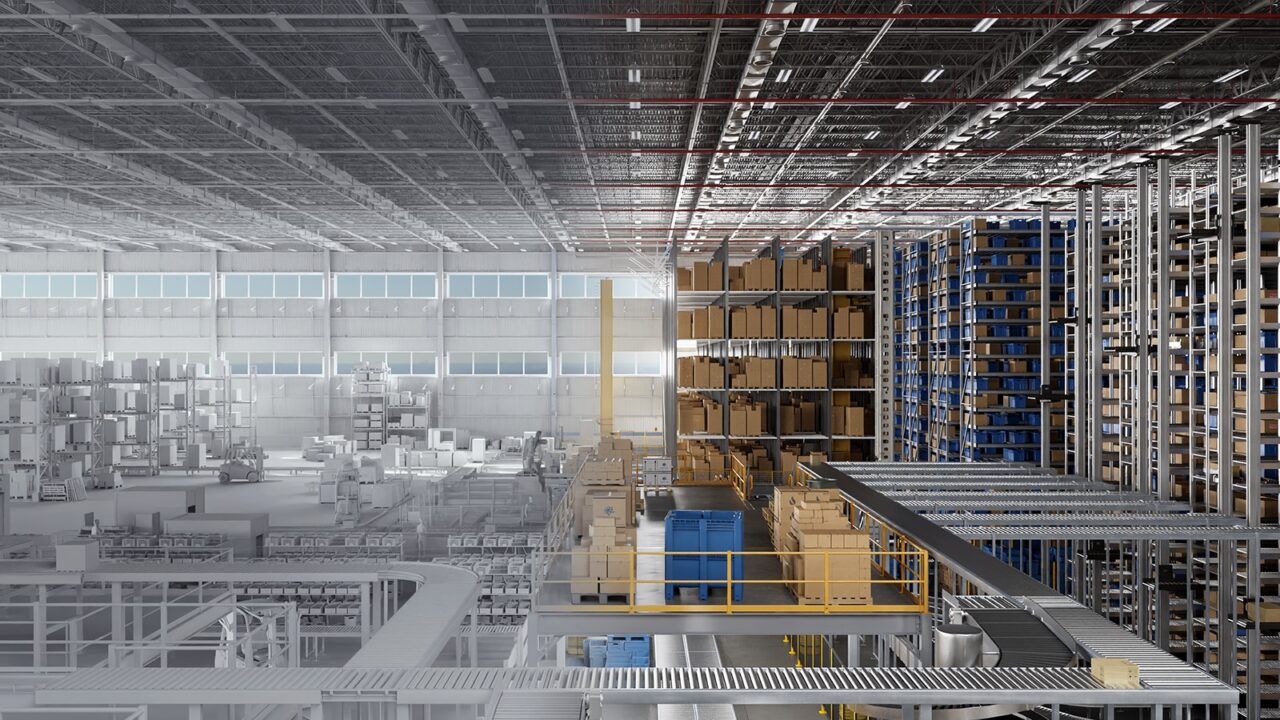
How can the two be unified? According to Nvidia, the answer is ‘Mega’, a system that builds digital twins of real-world infrastructure, right down to the physics, effectively planning the way warehouses and factories can be upgraded, streamlined automated before they’ve even come out of the ground.
This is something that architects like Zaha Hadid Architects are already working on, but Mega is on an even greater scale, a world simulator of unparalleled sophistication that’ll pave the wave for robotic integration into the working world, allowing robots ‘to be tested in an infinite number of scenarios within the digital twin’.
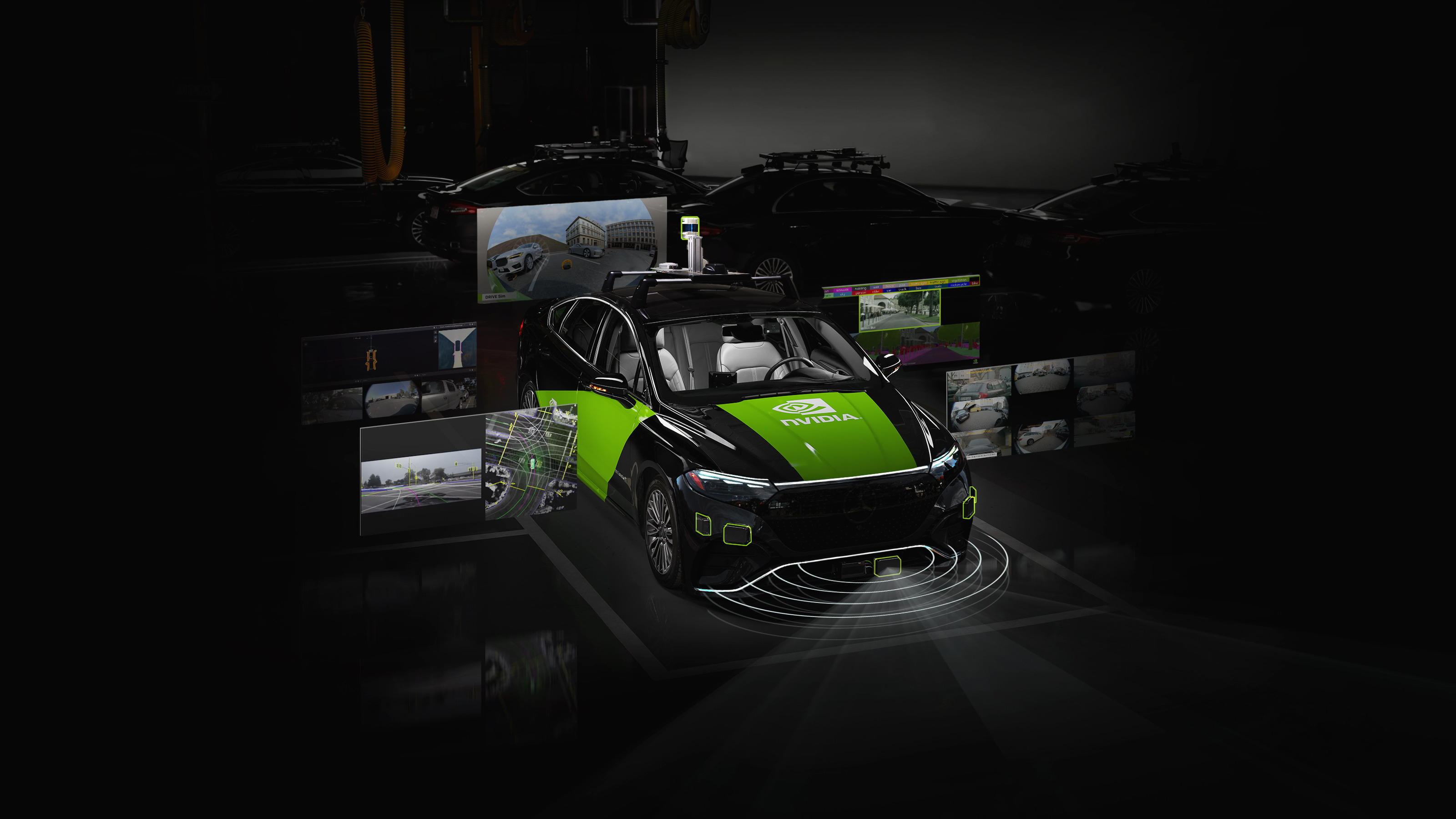
There were separate announcements regarding Toyota’s adoption of Nvidia-powered DriveOS systems – the world’s largest car maker and the world’s largest chip maker working together. The end game here is the development of increasingly sophisticated autonomous systems for both passenger and commercial vehicles using Drive AGX Hyperion, Nvidia’s autonomous vehicle platform, already in use by Mercedes-Benz, Volvo and JLR.
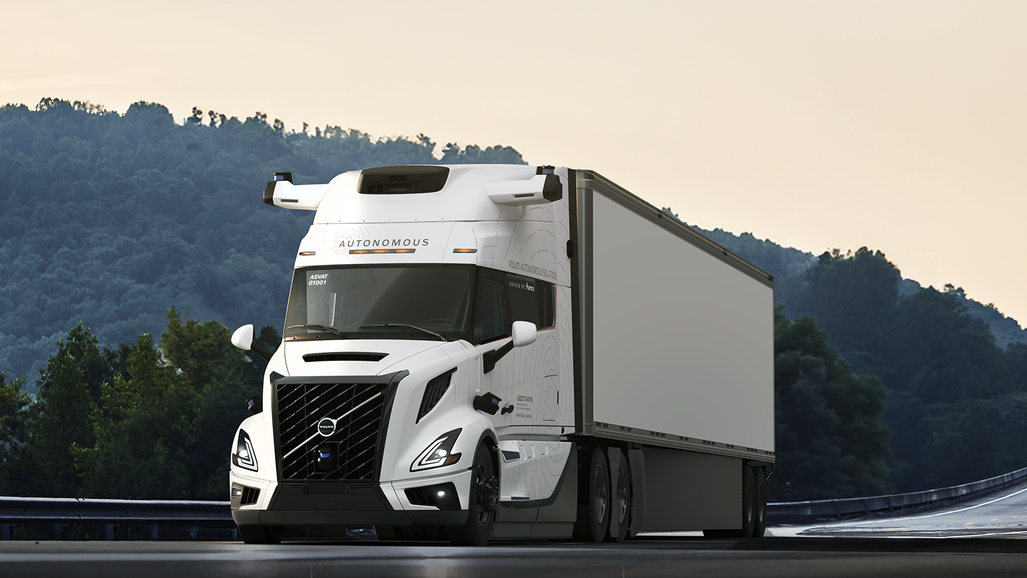
For decades we’ve been living in a software-driven world, one that prioritised GUIs, ergonomics, muscle memory and hard-earned familiarity. Nvidia is betting the farm of the total ubiquity of AI-driven processes, from personal digital assistants to virtual worlds that’ll shape how the coming generations of robots mesh with the world of atoms. As a result, it looks like we’re the interface now; the future will be all about how computers decide to interact with us.
More tech reveals from CES 2025…
The robotic revolution just took a significant step forward with this compact home help
Yaber brightens home entertainment with two new compact projectors







